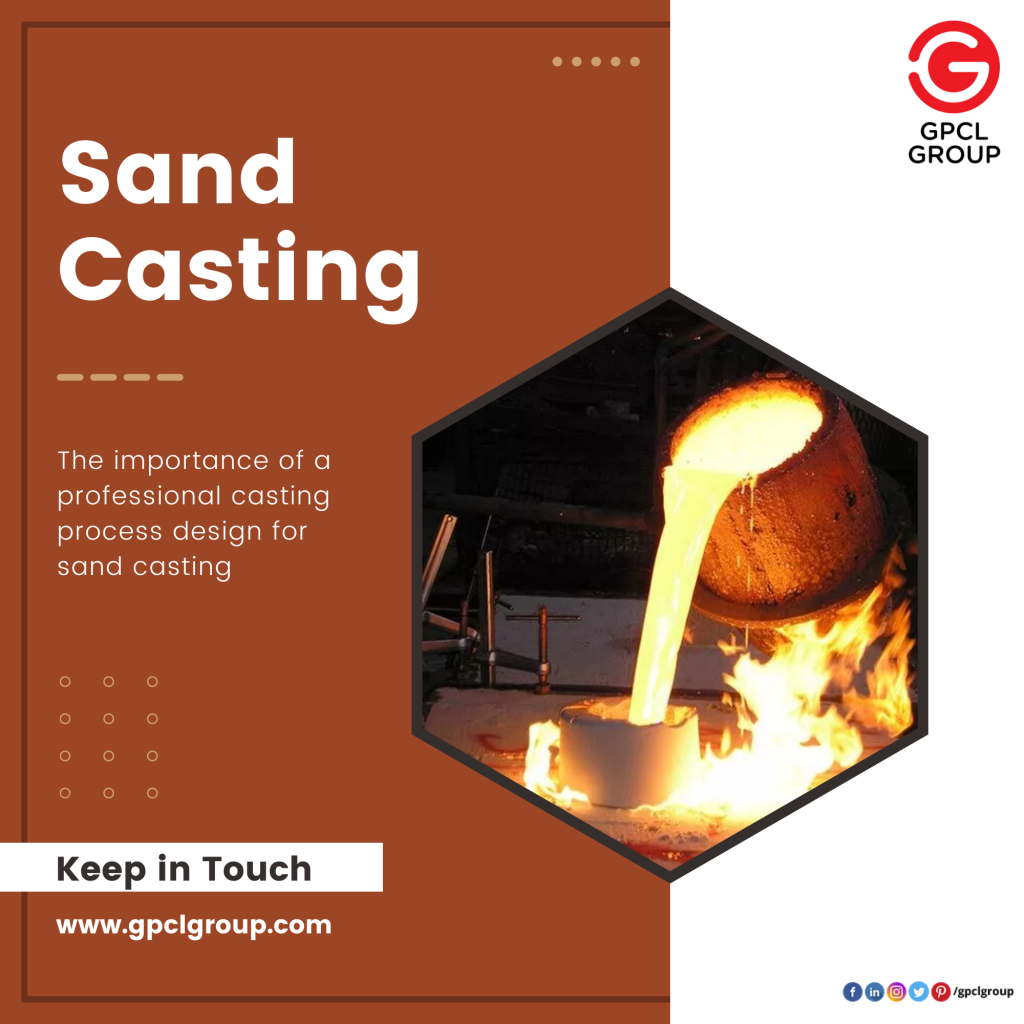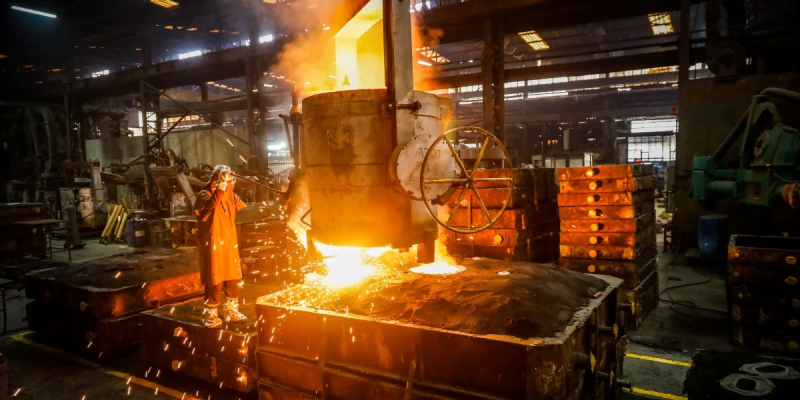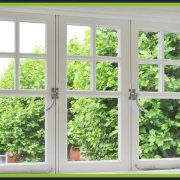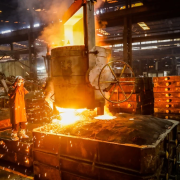One of the very few methods that can be used for metals that have elevated melting points, such as titanium, nickel, and steel, is sand casting.
Screen printing is the most prevalent casting method due to its adaptability, heat resilience, and comparatively low cost. Pouring liquid into a mold creates castings.
Thus, it is crucial to check that the molten steel can fill the holes in due time throughout the design process. The molten steel must also flow smoothly, but not too rapidly.
Also, an in must be properly positioned and the filling force must be high enough.
Sand casting is the most used casting method due to its adaptability, heat resistance, and low cost. Molten metal is poured into the mold to create castings.
Important Process for Sand Casting
The sand casting process was meticulously planned:
- It’s crucial to realize that every casting procedure is unique in some manner. Hence, designing the casting process’s parameters is a challenging and highly skilled procedure that requires careful consideration of a variety of aspects.
- Working closely with the designer is beneficial for casting engineers, particularly for castings with intricate structures.
- Also, the sand casting procedure needs to be well-designed. It’s crucial to choose the pouring site in advance in particular.
- This is due to the fact that the pouring location affects the temperature field, flow field, and solidification process, among other things.
- The choice of the separating surface, the quantity of casting, and the smallest casting size are other factors to take into account.

How can the Sand Casting form Cavities?
- Sometimes the assistance of so-called sand cores is required to intentionally create voids in the casting.
- They are put into the mold after being previously developed.
- To remove the sand from the casting following the sand cores, a sand core rejection mechanism must also be created.
- The sand’s core is shattered after casting in order to produce a hollow.
Unfortunately, the creation of such sand cores requires a lot of time, therefore they are often avoided.
What factors must be taken into account while building the gating system?
- The architecture of the preform is always necessary, although the architecture of the sands core is typically discretionary. Its proper design is a challenging yet crucial undertaking.
- A flawed gating system design is to blame for almost thirty of the castings waste.
- Thus, it is crucial to check that the molten steel can fill the holes in due time throughout the design process. The molten steel must also flow smoothly, but not too rapidly.
- Also, the in-runners must be properly positioned and the refilling pressure must be high enough. The proper completion of this phase relies on years of expertise because numerous other factors play a part.
The riser’s and the cooling system’s purposes
- The riser is essential to the casting process. It is an extra component that holds more liquid metal.
- This is essential because the alloy’s volume varies throughout the solidification process, so with no riser, it’s possible for shrinking holes to develop.
- The riser’s design varies according to the metal. A cylinder Riser is used to account for the volume shrinking in alloys with a large volume change.
- The so-called chills are crucial to the cooling process as well. They contribute to accelerating local cooling. There is a differentiation between the two forms of chills.
- Outside of the model are outer chills. They may consequently be recycled several times because they do not mix with the casting.
- Inner chills, on the other hand, are poured into the mold and meld with the casting.
- They are only employed when the external cooling effect is insufficient, as is the situation, for instance, with very thick castings. In light of this, inner shivers are rarely employed.
Conclusion:-
Among the few methods that can be used for metals that have elevated melting points, such as titanium, nickel, and steel, is sand casting. sand casting has become the preferred casting method due to its adaptability, heat resilience, and comparatively low cost. Pouring molten material into a closed mold creates castings.
Also Read:- Top 10 Benefits of Affordable Health Insurance California














Comments